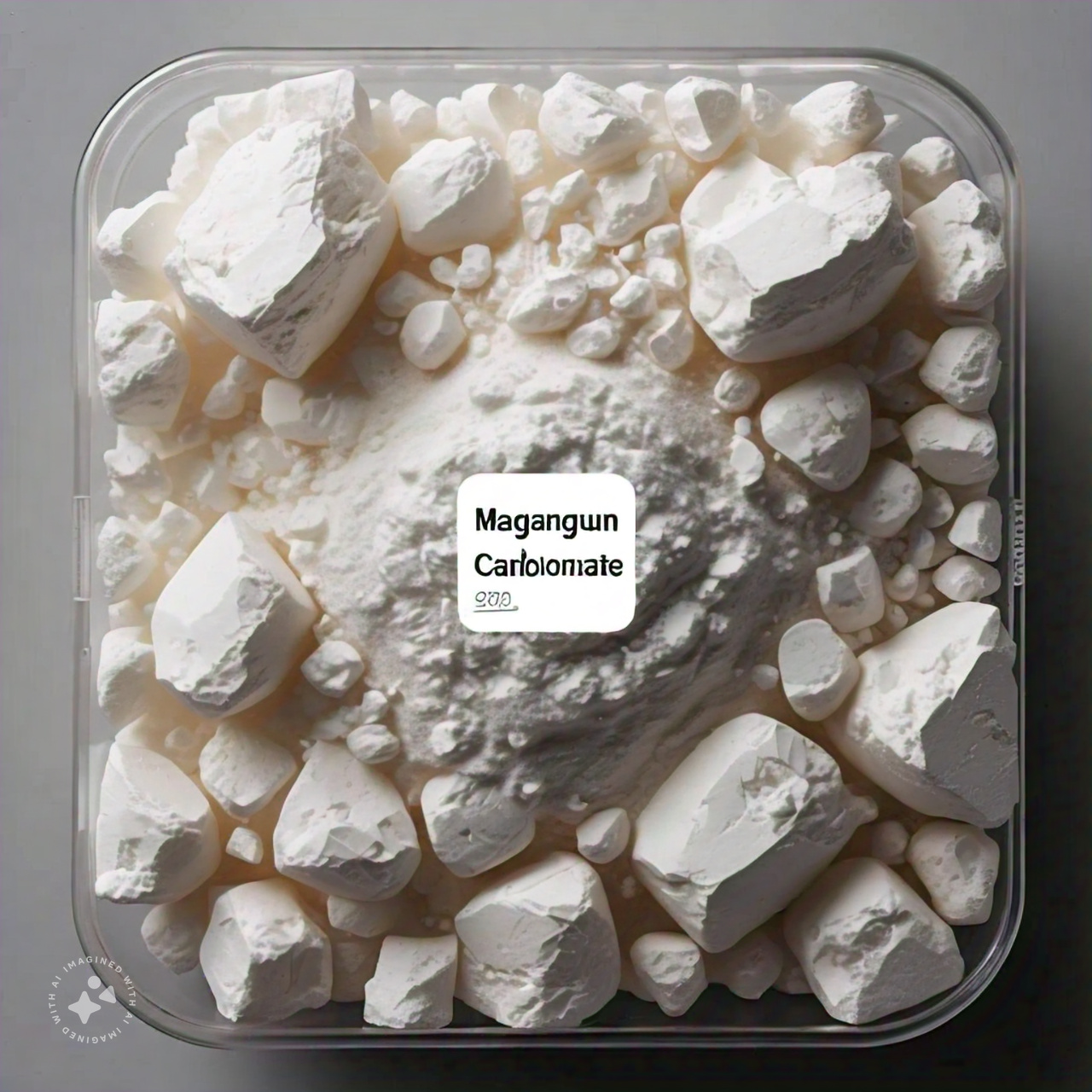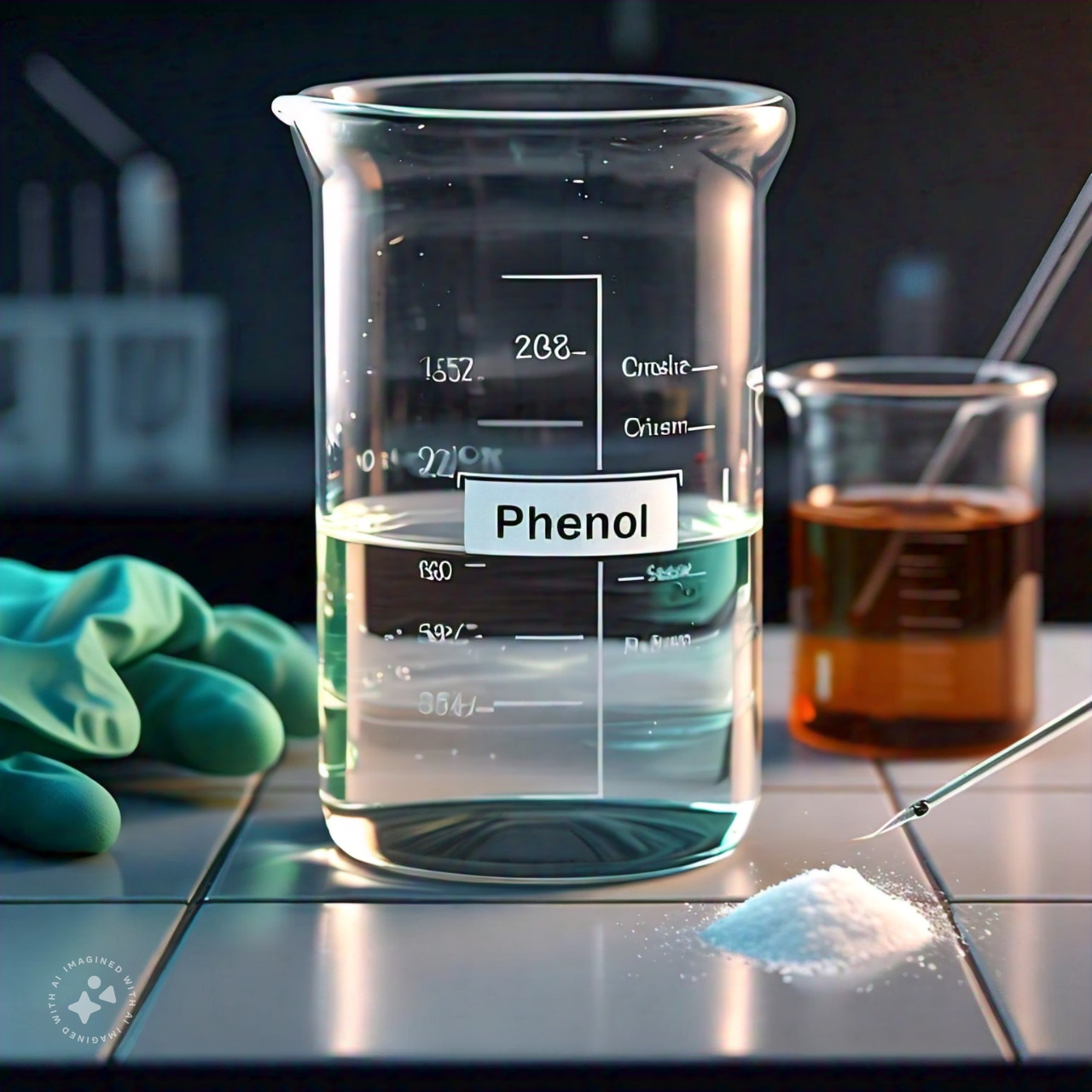Aniline supplier, exporter and importer in India, UAE Middle East Oman, Nairobi, Sudan, Yemen.
MUSCAT CHEMICAL TAG::
Aniline causes methemoglobinemia, which reduces oxygen transport to tissues. Aniline can also induce red blood cell destruction, resulting in immediate or delayed hemolytic anaemia.
Aniline is in the form of a yellowish and somewhat brownish oily liquid having a musty and a fishy odour. It smells like the odour of a rotten fish. It is a kind of chemical substance which is a flammable liquid and has an unpleasant odour. The compound is soluble in water. It can also be colourless to light brown. It has a chemical formula of C6H5NH2 or C6H7N and since it has 6 carbon atoms, 1 nitrogen atom and 7 hydrogen atoms in its chemical formula, it is classified under organic compounds.
| PRODUCT NAME | : | - Aniline |
| CAS number | : | - 62-53-3 |
| UN number | : | - 1547 |
| Formula | : | - C5H5NH2 |
| Odour | : | - NOT UNPLEASENT |
| Solubility in water | : | - SOLUBLE |
| Density | : | - 1.023 at oC |
| Boiling point | : | - 184 oC |
| Melting point | : | - -6 oC |
| Viscosity | : | - 5.31 cp at 15 oC |
| Flashpoint | : | - 7 0 oC |
| Explosive limits | : | - 1.3 – 20.0 Vol% |
| Vapour pressure | : | - 0.4 mbar at 20 oC |
| Skin absorption/irritation | : | - YES |
| TLV Country NL | : | - 0.25 S ppm 1S mg/m3 |
| Pollution category | : | - C |
Blue colour of the jeans is due to aniline dyeing agent. Aniline is an organic base a toxic aromatic amine, is a widely used industrial chemical, particularly in the manufacture of dyes, Plastics, rubber, resins, varnishes, perfumes, pigments, polyurethane foam, photographic developers and pesticides.
Aniline is a musty, fishy-smelling yellowish to brownish, greasy liquid. -6°C melting point; 184°C boiling temperature; 158°F flash point Water-insoluble and somewhat denser than water. Vapors are more dense than air. Because aniline is an aromatic molecule that combines readily with other aromatic compounds, a low aniline point suggests a low diesel index. A high aniline point suggests a highly paraffinic gasoline with a high Diesel index and excellent ignition quality.





